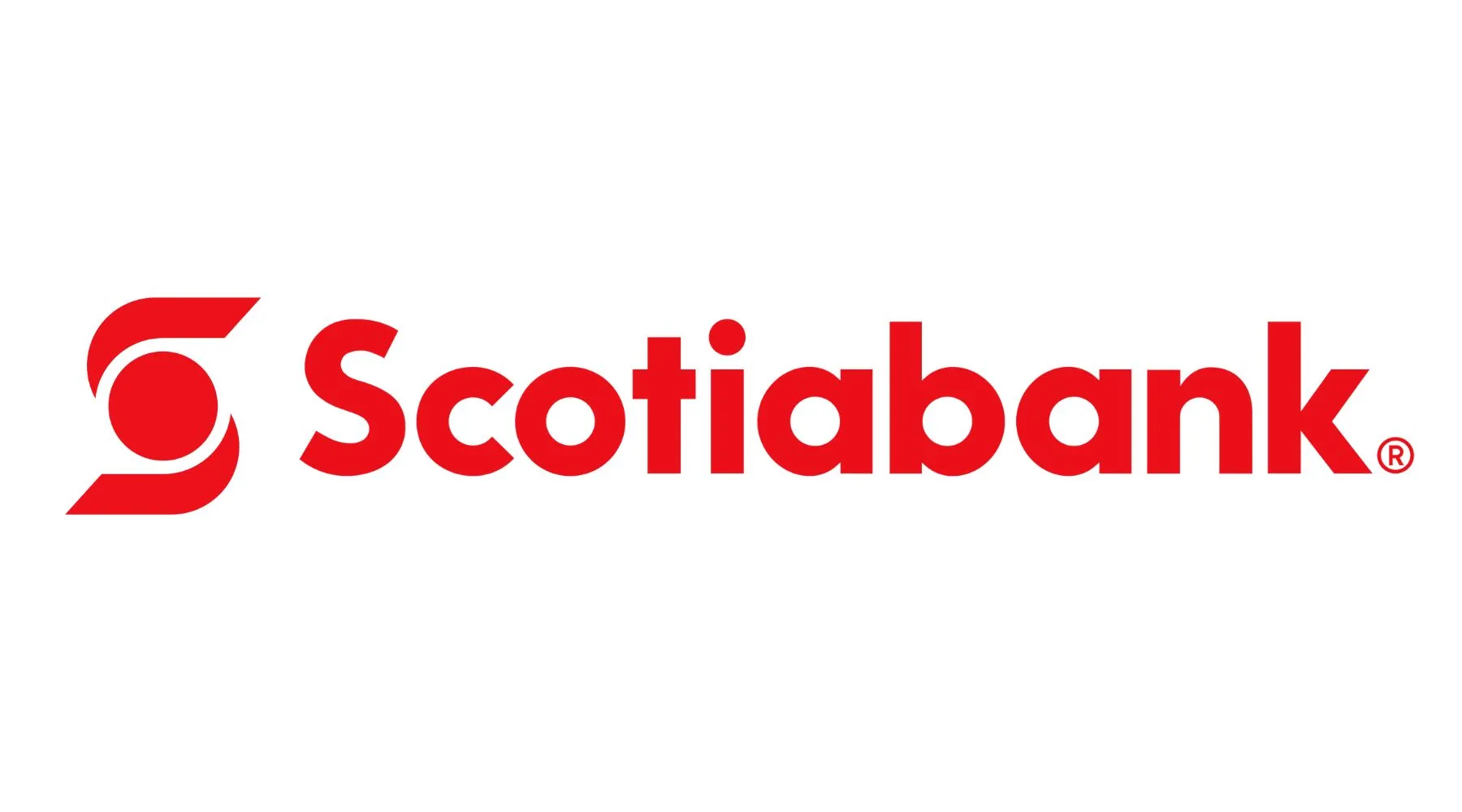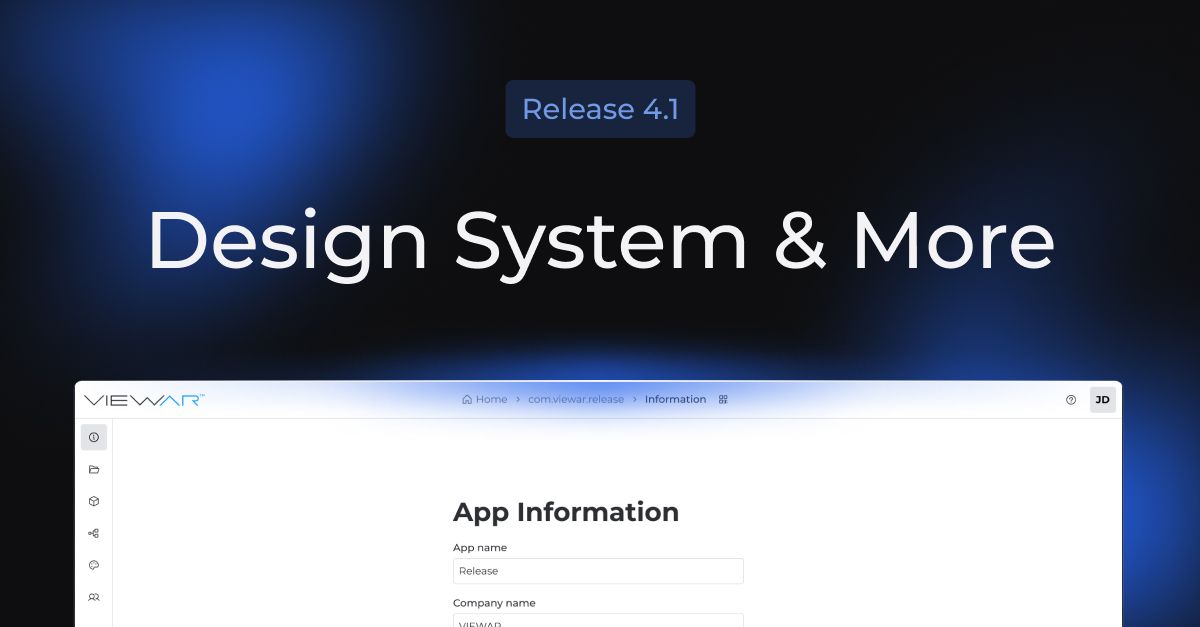At IBC 2024 (booth 8.B90), Lawo will announce new additions to the audio and video capabilities of .edge. They include two new built-in parameters – Audio Gain and Phase Inversion – as well as the optional possibility to leverage an 8192-input x 4096-output audio matrix per .edge processing blade. Video color correction is also available as an optional license.
Operators can now adjust the levels of audio channels embedded in incoming SDI signals for up to 32 SDI inputs (@1080p), each carrying up to 32 audio signals. Each input has a dedicated Audio Gain control (–30dB~+18dB). The same applies to SDI outputs: in this case, changes to the gain are applied after the standard Audio Shuffler and Embedder.
The Phase Inverter on each input channel allows to compensate for unwanted interference and artefacts often due to microphone placements at differing distances from the signal source. Outputs are also equipped with this new Phase Inverter.
“Like Lawo’s entire unified platform, .edge is continuously evolving with rapid successions of system updates,” explains John Carter, Senior Product Manager for Media Infrastructure. “Most enhancements are the result of requests from customers in the process of equipping their OB trucks and facilities with second-wave Lawo infrastructure. The good news is that each .edge processing blade has such massive compute capacity that most standard and optional functions can run side-by-side for uncompromised processing power in addition to .edge’s gateway duties.”
Audio Matrix Shuffler (.amshuff)
The optional Audio Matrix Shuffler license, which can be activated permanently or temporarily via Lawo’s Flex Subscription licensing mechanism, expands the capability of a .edge blade way beyond its standard Audio Shuffling functionality.
Each SDI output on a blade already has an Audio Shuffler that allows operators to select any mono audio channel from its 4 IP receivers, and embed it into a single SDI output, with up to 32 audio channels for a 1080p SDI setup.
.amshuff equips the selected processing blade with 128 receivers and 64 senders, each supporting 64 audio channels. All input streams (RX/receivers) go into an 8192 x 4096 routing matrix where their sources can be patched to one of the 64 outgoing streams (TX/senders).
Patch connections of individual mono channels are established inside the processing blade using VSM.
Where required, all processing blades in a .edge frame can be assigned a .amshuff instance. In addition, the sender side provides separate audio test tone generators for testing and troubleshooting purposes.
.edge Color Corrector (.colcor)
The optional Color Corrector license equips .edge with an on-location RGB/YUV color correction tool. Up to 32 color correctors are available per .edge blade. Color corrections are performed upstream of any proxy generation, and only legal colors/values are passed on (auto-clipping to “legal” levels). Color space conversions (UHD 12G-SDI BT 2020 – 1080p BT 709 without HDR conversion) are also supported. Like .amshuff, .colcor is available per .edge processing blade.


